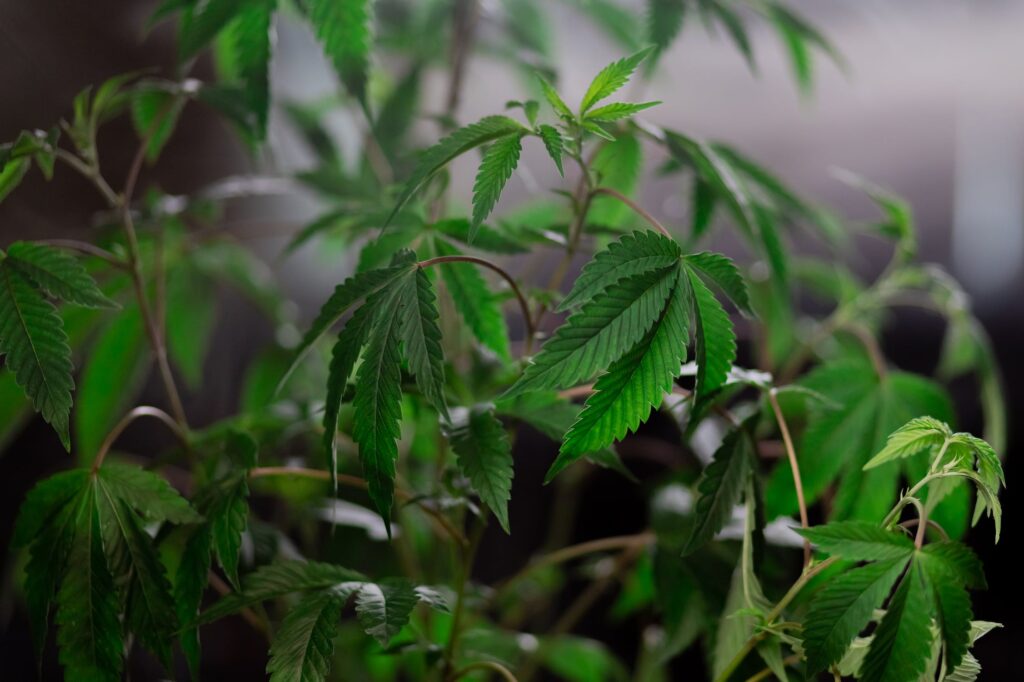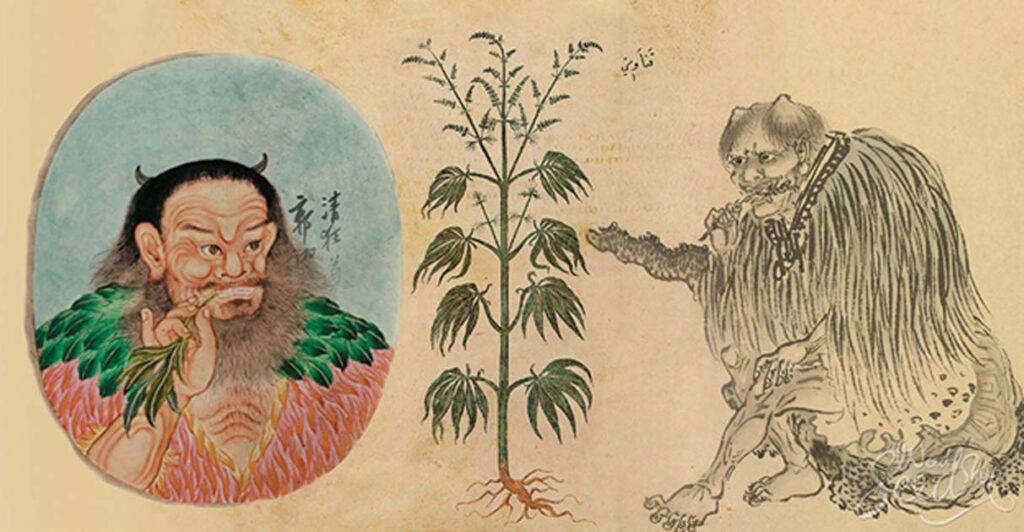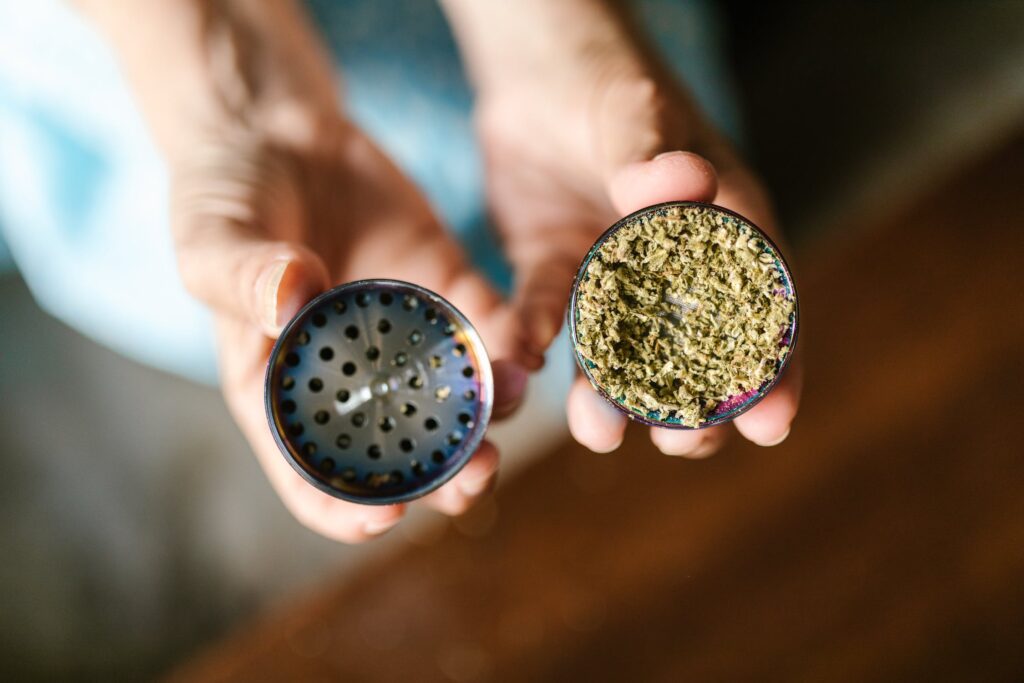Introduction
In an era where the global perspective on cannabis is shifting rapidly, it has become increasingly important to understand this complex and controversial plant. From its medicinal properties to its recreational usage, from its varied legal status around the world to the controversies surrounding its effects, cannabis is a subject of immense relevance and interest.
Cannabis has a long and varied history, spanning cultures and continents. It has been both lauded for its medicinal benefits and vilified for its potential for abuse. Despite its widespread usage, understanding the nuances of cannabis – its composition, its effects, its risks, and the reasons behind its diverse legal status – can be a challenge.
This comprehensive guide aims to provide an in-depth exploration of cannabis, delving into its history, scientific background, health implications, and journey through legality and prohibition. Our goal is to demystify cannabis, shedding light on its complexities and equipping readers with the knowledge to navigate the evolving cannabis landscape confidently.
Whether you’re a recreational user, medicinal user, healthcare professional, legislator, or simply a curious reader, this guide offers valuable insights into the world of cannabis. So, let’s embark on this fascinating journey together, starting with an understanding of what cannabis truly is and what it brings to the table.
What is Cannabis

Cannabis, often known as marijuana, is a flowering plant native to Central Asia and the Indian subcontinent. The plant is renowned for its psychoactive properties, largely attributed to compounds known as cannabinoids.
There are several species of cannabis, but the most recognized are Cannabis sativa, Cannabis indica, and Cannabis ruderalis. Each species varies in its characteristics, growth patterns, and chemical composition, resulting in differing effects when consumed.
The two primary cannabinoids found in the cannabis plant are delta-9-tetrahydrocannabinol (THC) and cannabidiol (CBD). THC is the psychoactive compound responsible for the “high” experienced by users, while CBD is non-psychoactive and linked to potential therapeutic benefits.
Cannabis is used both recreationally, for its psychoactive effects, and medicinally, to manage various health conditions. Its rich history and diverse usage make it a plant of significant interest and controversy, as we’ll explore in the following sections.
History of Cannabis

The use of cannabis dates back thousands of years, with the plant having served multiple roles in diverse cultures throughout history.
Archaeological evidence suggests that the earliest known use of cannabis dates back to over 5000 years ago in what is now Taiwan and China. In these early societies, cannabis was used for its fibers, which were made into textiles, as well as for its medicinal properties.
Ancient texts from India, such as the Atharva Veda, refer to cannabis as a sacred plant, used in religious rituals and as a herbal medicine. The plant’s history is similarly intertwined with ancient civilizations across the Middle East, Africa, and Europe, where it was used for a variety of purposes, ranging from producing rope and cloth to serving as a pain reliever.
The colonization era saw the spread of cannabis around the globe, as European powers introduced the plant to the Americas and other parts of the world. Throughout the 19th century, cannabis tinctures were commonly used in Western medicine for a variety of ailments.
The perception and use of cannabis underwent a significant shift during the 20th century, leading to widespread prohibition, followed by recent movements toward decriminalization and legalization. This tumultuous journey has shaped the complex relationship societies have with cannabis today, a topic we’ll delve into deeper in the subsequent sections.
The Science Behind Cannabis
Cannabis owes its unique properties to a group of chemical compounds called cannabinoids. To date, over 100 different cannabinoids have been identified, each with its own effects on the human body. The two most well-known and well-studied cannabinoids are delta-9-tetrahydrocannabinol (THC) and cannabidiol (CBD).
Cannabinoids: THC and CBD
THC is the primary psychoactive compound in cannabis, responsible for the “high” experienced by users. It binds to cannabinoid receptors in the brain, particularly the CB1 receptors, resulting in feelings of euphoria, relaxation, and heightened sensory perception.
CBD, on the other hand, is non-psychoactive and has garnered attention for its potential therapeutic benefits. CBD interacts with both CB1 and CB2 receptors, but it does not bind to them directly. Instead, it is believed to influence the body’s endocannabinoid system in more indirect ways, modulating the release of neurotransmitters and reducing inflammation1.
The Endocannabinoid System
The endocannabinoid system (ECS) is a complex cell-signaling system that plays a crucial role in maintaining the body’s homeostasis. The ECS is composed of three main components: endocannabinoids, receptors, and enzymes. Endocannabinoids are naturally occurring compounds in the body that are structurally similar to cannabinoids found in cannabis.
Cannabinoid receptors, primarily CB1 and CB2, are found throughout the body and are involved in various physiological processes, including mood regulation, pain sensation, appetite, and memory. When cannabinoids from cannabis enter the body, they interact with these receptors, leading to the various short-term and long-term effects associated with cannabis use.
In the following sections, we’ll discuss the medical and recreational uses of cannabis, its potential risks and controversies, and the complex journey of the plant through legality and prohibition around the world.
Medical and Recreational Uses

Cannabis is used both recreationally and medicinally, owing to the diverse effects of its cannabinoids, primarily THC and CBD.
Recreational Use
Recreational use of cannabis involves consuming the plant for its psychoactive effects, primarily the “high” caused by THC. This euphoria is often accompanied by altered sensory perception, increased appetite, and relaxation1. Its use is a social activity in many cultures, akin to the social drinking of alcohol.
Medicinal Use
Medicinal cannabis refers to the use of the plant or its extracts to manage health conditions. The potential therapeutic benefits of cannabis come primarily from its cannabinoids.
CBD has been recognized for its potential therapeutic benefits, including anti-inflammatory, analgesic, anti-nausea, and anti-seizure effects2. It is currently used to manage conditions like chronic pain, epilepsy, multiple sclerosis, and even some mental health disorders like anxiety and PTSD3.
THC, while known for its psychoactive effects, also has potential medicinal benefits. It can help manage pain, muscle spasticity, glaucoma, insomnia, and may serve as an appetite stimulant4.
Despite these potential benefits, it’s important to note that research on cannabis’s medicinal properties is still ongoing, and its use should always be under the guidance of a healthcare professional. In the next section, we will discuss the potential risks and controversies associated with cannabis use.
The Risks and Controversies
While cannabis is known for its potential therapeutic benefits and recreational effects, it’s also associated with various risks and controversies, making its use a complex public health issue.
Health Risks
Frequent cannabis use, particularly at high doses, has been associated with various health risks. Acute effects may include impaired short-term memory, coordination, and judgment, as well as potential paranoia and psychosis, especially in individuals predisposed to these conditions1.

Long-term or heavy use of cannabis can lead to addiction, with about 9% of users becoming dependent2. Other potential risks include mental health problems, chronic bronchitis, and cardiovascular disease, although more research is needed to fully understand these relationships3.
Controversies
The use of cannabis, both recreationally and medically, is fraught with controversy. Debates often revolve around its potential for abuse, lack of standardization in dosing for medical use, and the social, economic, and public health implications of its legalization.
Another significant concern is the impact of cannabis use on adolescents, as their brains are still developing and may be more vulnerable to the harmful effects of the drug4.
Despite these challenges, the global perspective on cannabis is evolving, leading to shifts in its legal status around the world. This brings us to the question: why is cannabis illegal in some places, and how did it become so? The next sections will delve into these topics, offering a historical and global perspective on cannabis legislation.
The Legal Journey of Cannabis

The legal status of cannabis varies significantly across the globe, shaped by cultural, social, and political influences over time. In this section, we’ll explore the reasons behind its illegality in some regions and its path to legalization in others.
Prohibition and the War on Drugs
Cannabis prohibition primarily took root in the 20th century, with the 1925 International Opium Convention marking one of the first international treaties to restrict cannabis use1. The reasons behind this prohibition were varied, often influenced by societal and racial prejudices, economic interests, and concerns about public health.
In the United States, the Marihuana Tax Act of 1937 effectively criminalized cannabis, a position solidified by the Controlled Substances Act of 1970, which classified cannabis as a Schedule I drug – a category reserved for substances with high potential for abuse and no accepted medical use2.
The “War on Drugs,” initiated by President Richard Nixon in the 1970s, further entrenched the criminalization of cannabis and has had lasting effects on cannabis policy, both domestically and internationally.
Decriminalization and Legalization Movements
In recent decades, public sentiment towards cannabis has shifted, leading to a wave of decriminalization and legalization movements across the globe. These changes have been driven by evolving understandings of cannabis’s potential medicinal properties, criticisms of the War on Drugs, and potential economic benefits from cannabis industries.
Many countries have decriminalized cannabis to varying extents, reducing penalties for possession or personal use. For instance, Portugal decriminalized all drugs in 2001 in response to a national drug crisis, focusing instead on treating drug use as a public health issue rather than a criminal one3.
Legalization goes a step further, allowing the regulated sale and purchase of cannabis. Uruguay became the first country to fully legalize cannabis in 2013, followed by Canada in 2018 and Thailand in 20226. In the United States, while cannabis remains illegal at the federal level, many states have legalized its medical and/or recreational use.
In the following sections, we’ll delve into the specifics of why cannabis is illegal in some regions and the processes through which it has become legalized in others.
Why is Cannabis Illegal in Some Places?
The illegality of cannabis in many parts of the world is influenced by a myriad of historical, societal, and political factors.
Historical Factors
As mentioned earlier, early international treaties such as the International Opium Convention of 1925 and domestic laws like the Marihuana Tax Act of 1937 and the Controlled Substances Act of 1970 in the U.S. set the stage for cannabis prohibition globally1.
Societal and Racial Prejudices
Many of the early anti-cannabis sentiments were fueled by societal and racial prejudices. For instance, in the U.S., cannabis use was often associated with Mexican immigrants and African-American communities, leading to racially charged “reefer madness” campaigns that contributed to its stigmatization and criminalization2.
Health Concerns
Public health concerns have played a significant role in maintaining cannabis prohibition. Concerns about addiction, mental health effects, and potential harm to adolescents continue to fuel debates about cannabis legalization3.
In the next section, we will explore how cannabis has become legal in various places despite these factors, focusing on the shift in public opinion, economic interests, and the plant’s medical potential.
How Cannabis Became Legal in Different Places

Despite the widespread prohibition, many regions have shifted towards cannabis decriminalization and legalization. This shift is largely due to evolving public opinion, potential economic benefits, and the plant’s medical potential.
Shifting Public Opinion
Over recent decades, public opinion on cannabis has seen a significant shift. A growing recognition of the racial and social injustices associated with cannabis prohibition, along with increased awareness of its potential therapeutic benefits, have contributed to changing attitudes.
Economic Benefits
The potential economic benefits of a regulated cannabis market are substantial. Tax revenues from legal cannabis sales can be invested in public services, while the creation of new jobs in cultivation, distribution, and retail can stimulate economic growth1.
Recognition of Medical Potential
The recognition of cannabis’s potential therapeutic applications has been a key driver of legalization efforts. Scientific research demonstrating the efficacy of medical cannabis for conditions like epilepsy, chronic pain, and multiple sclerosis has bolstered support for legalization3.
In the final section, we will summarize the key points discussed in this article and provide a perspective on the future of cannabis legality.
Conclusion and Future Directions
In conclusion, cannabis is a complex plant with a contentious history. Its use, whether recreational or medicinal, is a topic of ongoing debate, influenced by a combination of historical, societal, political, and medical factors.
Today, the legal status of cannabis varies significantly worldwide. While it remains illegal in some regions, many others have decriminalized or even fully legalized its use. This shift is largely due to evolving public opinion, recognition of its potential therapeutic benefits, and the potential economic gains from a regulated cannabis market.
Looking toward the future, we can anticipate continued change as more research is conducted on the potential benefits and risks of cannabis use. As public opinion evolves and more data becomes available, it is likely that we will see further shifts in cannabis policy worldwide.
However, as the legalization trend continues, it is crucial that measures are put in place to regulate its use, ensure product quality and safety, and mitigate potential public health risks.
As the global perspective on cannabis continues to evolve, we will continue to provide timely and comprehensive updates on cannabis legality around the world.
For now, whether you’re a medical patient considering cannabis for treatment, a recreational user, a policymaker, or simply a curious reader, we hope this comprehensive guide has provided valuable insights into the world of cannabis. As always, we encourage responsible and informed decision-making in all matters related to cannabis use.